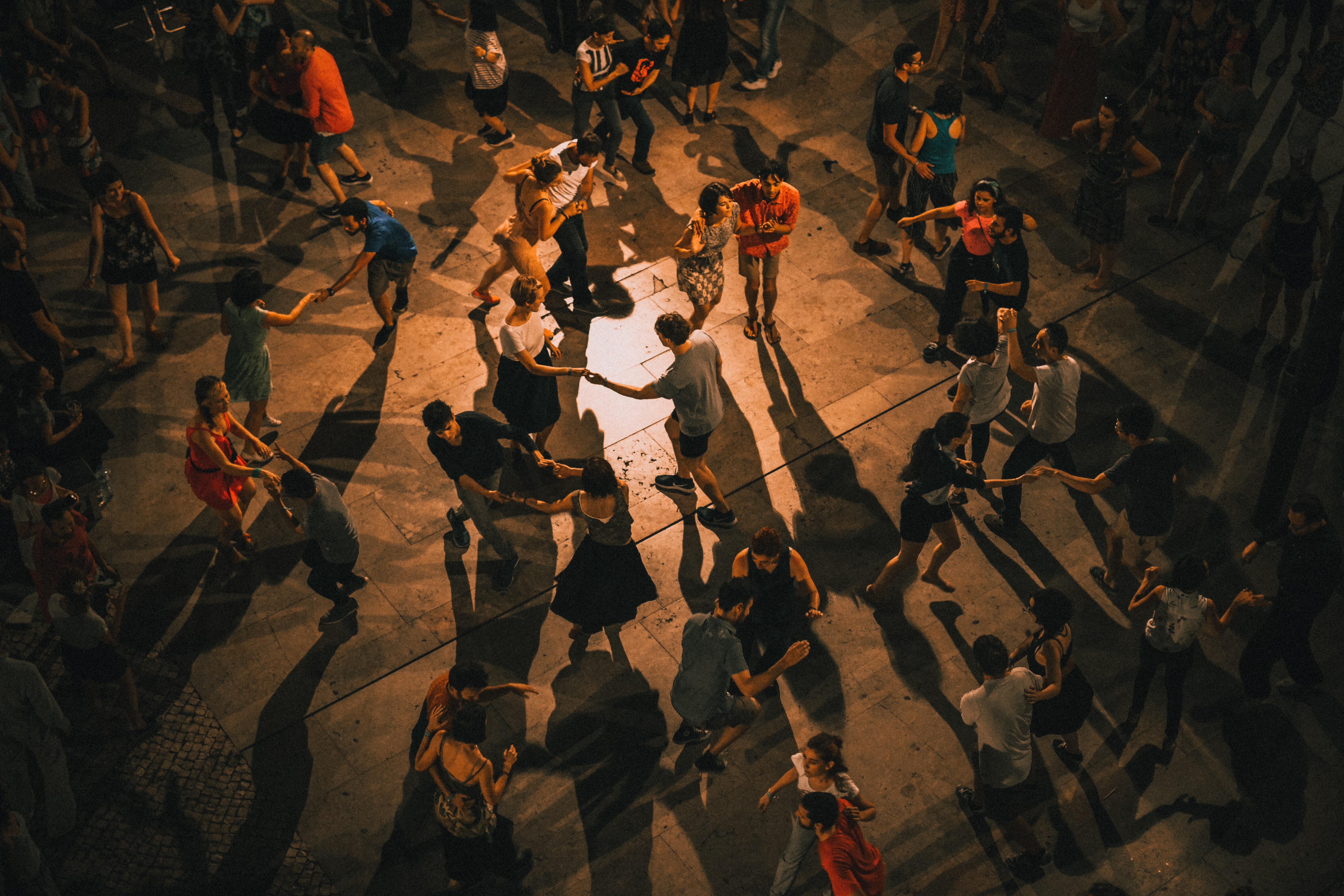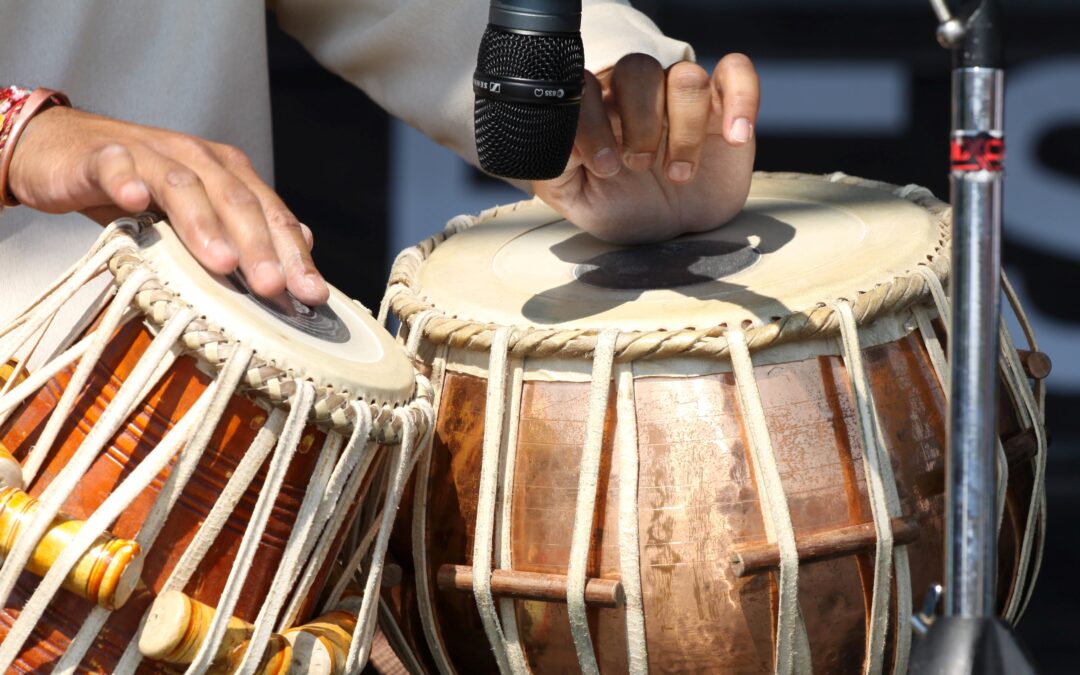They say that ‘history is written by the victors’. Well, who’s they and when did they say it? Most people either attribute it to Winston Churchill or Hermann Göring – arch-enemies during World War Two. Versions of the quote actually stretch back far further in history, to France in the 1840s and Italy in the 1850s.
As we shine the spotlight on the Congo and the work of Delia Arts Foundation in the town of Bukavu, a city lying at the extreme south-western edge of Lake Kivu, it is important that we take what we need to from the history books – but also discard that which no longer serves us as we look to a brighter cultural future for Congolese citizens.
We have already trumpeted some of the good news to come out of the Congo recently. In case you missed it, here it is again, straight from the horse’s mouth. The horse being UNESCO. UNESCO is an acronym, which stands for: The United Nations Educational, Scientific and Cultural Organization.
Much like what Delia is doing with Ndaro in Bukavu (spearheaded by Thomas Lusango) and in Gaza, Palestine, with their cultural centers aimed at promoting peace in war-torn communities through the medium of music and arts.
Anyway, here’s what UNESCO had to say about the Congolese rumba:
“The rumba is considered an integral part of Congolese identity and a means of promoting intergenerational cohesion and solidarity.”
It’s been added to their list of the Intangible Cultural Heritage of Humanity. It’s their way of acknowledging that until now, history has been written by the victors and that the West, over the decades, casually appropriated the music’s origin story.
Congolese rumba is mainly an urban practice, danced by a male-female couple. Performed by both professional and amateur artists, it works in both formal and informal spaces and can be used for celebration and mourning.
The practice of this musical genre is passed through neighborhood clubs and community organizations to the next generation. This is where the Delia-Ndaro Art Culture Center comes into play: finding safe spaces for the community to come together in a country that has been torn apart by war and the Ebola virus has been slim pickings in the past few decades.
Pinning down the oral and cultural traditions of the Congolese, so that history is written by neither the victors or the vanquished, but rather those that have lived through war and no longer wish to fight at all, is kinda the point.
American Rumba is a popular American ballroom dance nowadays, and it has generally credited ‘Latino flair’ and Cuban dance as the inspiration for its popularity. In truth, when slaves were imported to America from Africa in the 16th century, rumba was already a thing.
It began in Africa. ‘Rumba’ means ‘navel’, having earned that name from how the man and women dance navel to navel, in something akin to a sexual pantomime. The man ‘woos’ the woman with his predatory dance moves while the woman responds with sensual hip movements of her own.
The drums, the claves, the maracas, and an assortment of other local instruments were all played in a frenetic, staccato fashion. This was escapism from the toils of slavery at the highest level.
Fast forward to post-World War Two and the beginning of the end of the colonial oppression of the Congolese by the Belgians. Radio Congo Belge is being broadcast over the airwaves in Kinshasa (then Léopoldville), the largest city in Africa. They’re playing songs by Afro-Cuban son groups such as Trio Matamoros, Los Guaracheros de Oriente, and Septeto Habanero.
Local Congolese were like, ‘hang on a minute, we recognize this sound! This is our music!’ Congolese bands started doing Cuban covers, leading to a sound known nowadays as ‘soukous’ (from the French word ‘secouer’, meaning ‘to shake’.

Added to this is Rumba Lingala, which added the practice of singing in Lingala (a Bantu language that is native to the DRC). Musicians at the time were passionate about the Latin American influence and were also eager to share their struggles of the day in song. And so Rumba Lingala evolved as a fusion of musical history and cultural expression.
And for many of the past decades, this music has been dubbed ‘world music’ by the West in a lazy attempt at inclusivity. Slaves traveling from Africa to America, and their sound making its way back to Africa only to be re-invented and re-imagined does have a certain poetic justice to it.
It speaks to the power of music to cross oceans and uplift the community. It speaks of a desire for music to disavow the boxes that we wish to categorize it by. Music is like water: it finds ways to permeate our souls, whether we are slaves or masters, the victors or the vanquished.
Important work is afoot at the Delia-Ndaro Art Culture Center in Bukavu. How does a country celebrate its own cultural history when it has been appropriated in the past? How does a lakeside community look to the future when the past still weighs so heavily?
There is a balancing act in the events that the Delia-Ndaro Art Culture Center is putting on to showcase how the fabric of its society is interwoven through art, music, and culture. There are recordings of the oral traditions that need to be digitized and preserved before Congolese stories die with the last generation.
There are fashion shows featuring fabric and styles that thumbs its nose at the previous establishment and points to a future of bright colors and fancy dress, known as sapeurism, dating back to when Congolese colonial workers were given fancy clothes instead of money for their work.
Dancing navel to navel, or dressing up in a bow tie and colorful hat may appear frivolous to some. For the people of Congo, this navel-gazing is introspection that is at once an examination of their history and identity as it is a celebration of who they are and where they find themselves in the year 2022.


